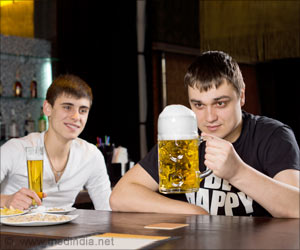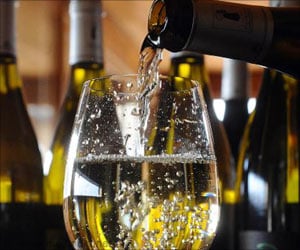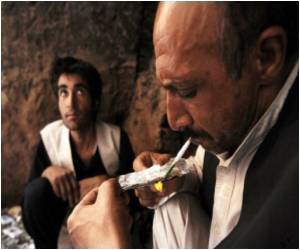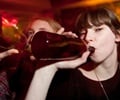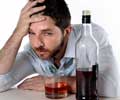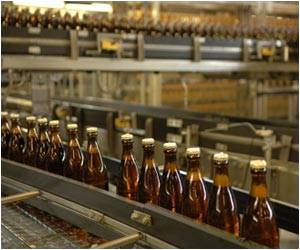Two pathways in the dorsal striatum - the Go pathway and No-Go pathway, reinforce alcohol consumption, leading to excessive use of alcohol.

‘Alterations in the "Go" pathway and "No-Go" pathway of the dorsal striatum, is sufficient enough to alter alcohol drinking behavior.’





Led by Dr. Jun Wang of Texas A&M Health Science Center, the study reports that alcohol-induced alterations in the signaling of these two pathways reinforce alcohol consumption, possibly leading to alcohol abuse or addiction. Co-first authors Dr. Yifeng Cheng, Dr. Cathy Huang, and Dr. Tengfei Ma and colleagues trained mice to become heavy drinkers by repeated cycles of consumption and withdrawal of 20% alcohol slightly higher than the average alcohol content in a glass of wine and measured the effects on the balance of this delicate control of reward behavior.
"To the best of our knowledge, this article demonstrated, for the first time, that excessive alcohol consumption suppresses activity of the No-Go pathway," said Wang. By recording the activity of cells, the researchers found substantially increased GABA signaling, the primary inhibitory neurotransmitter of the brain, which quieted the No-Go pathway.
Excessive alcohol consumption had the opposite effect in the Go pathway. These cells had increased glutamate signaling, the primary excitatory neurotransmitter in the brain, ramping up the Go signal.
The findings reveal detailed information on the mechanisms underlying control of alcohol consumption. "Both of these effects serve to reinforce alcohol consumption, leading to pathological excessive use of alcohol," wrote the authors.
Advertisement
The findings indicate that either of these alterations is sufficient to drive alcohol drinking behavior.
Advertisement
The regulation in GABAergic activity was mediated by a downstream target of D2 receptors called GSK3β, which altered the expression of GABA receptors in the cells. "These findings identified potential therapeutic targets," said Wang, referring to GSK3β and GABA signaling in the No-Go pathway, which the researchers hope will aid development of new ways to treat alcohol abuse.
The study may have even broader implications, according to Dr. John Krystal, Editor of Biological Psychiatry.
"The balance between signaling in the [Go] and [No-Go] pathways is likely to be a critical factor influencing motivated behavior, generally. This balance might be targeted to treat alcoholism, but also other addictions, mood disorders, and perhaps OCD," he said.
Source-Eurekalert


